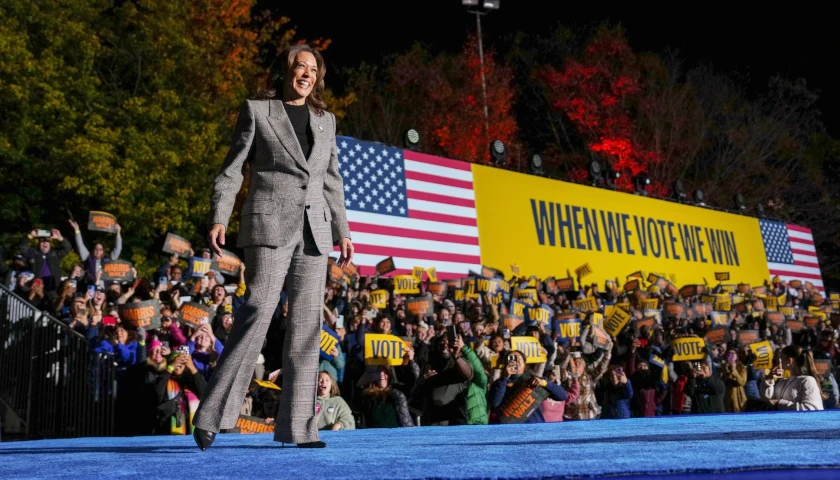by Scott McClallen
Michigan public school enrollment increased by about 5,844 students this school year, slightly recovering after more than 50,000 kids left public schools during the COVID-19 pandemic in the 2019-2020 school year.
About 1,443,456 public school students are registered for the 2021-2022 school year, rising from the 2020-2021 school year enrollment of 1,437,612.
Tom Howell, director of the state’s Center for Educational Performance and Information, attributed the boost to higher kindergarten enrollment and returning homeschool students.
“The drop in enrollment during the first year of the pandemic is beginning to reverse course, but it has not evenly returned to a pre-pandemic level for all groups of students,” Howell told the Detroit News.
However, the 5,844 student increase this year is eclipsed by the trending drop in public school enrollment that follows a declining birth rate and slow population growth statewide over two decades.
In the 2010-11 school year, Michigan public schools boasted 1.6 million students. But 12 years later, that number is now 1.4 million – 158,668 fewer students.
A declining number of K-12 students in Michigan likely means fewer students attending Michigan colleges shortly. Despite 12 of the 15 state universities’ declining enrollment over the past decade, Michigan sends billions of dollars to higher education amid an outstanding student loan debt of more than $1.6 trillion.
It’s unclear whether taxpayers will continue to fund universities, many of which are serving fewer students and more administrators, as fewer jobs require degrees and other credentials in a tight labor market.
In fiscal year 2019-20, Michigan paid $2.1 billion, or 4% of the $58.5 billion budget to higher education and community colleges.
Here are the top five public Michigan colleges with the greatest enrollment drop between the 2012-13 school year and 2020-21 school year; the percentage increase in per resident state apportioned money over the same time; and the total amount each school received per resident student in the 2020 and 2021 school year:
- Central Michigan University (-29.96%; +86.09%; $5,464.3).
- Eastern University University (-26.26%; +64.43%; $4,970.4).
- Ferris State University (-18.94%; +61.96%; $5,272).
- Grand Valley State University (-8.27%; +50.10%; $3,579.6).
- Lake Superior State University (-23.69%; +71.63%; $8,299.8).
- Northern Michigan University (-21.29%; +57.79%; $8,353.1).
J. David Johnson, who’s worked as an administrator at various colleges including Michigan State University, says administrative bloat is eating up resources, which means a loss of “agile, creative responses to changes in the world around the university,” Johnson wrote.
“Administrative bloat creates significant internal problems for universities and increasingly it impacts their public image,” Johnson wrote. “If the full story of corruption, sweetheart deals, and rewards for bureaucratic parasites was known, the public and students(who increasingly bear the direct costs) support for universities would be liable to further precipitous declines.”
For example, former University of Michigan President Mark Schlissel nearly nabbed a $10 million contract before he was fired for an inappropriate relationship.
In 2011, the Flint Journal reported: “The University of Michigan-Flint’s administrative ranks has grown the fastest among the 15 public universities in the state, according to figures from the Michigan Higher Education Institutional Data Inventory released earlier this year. The data showed that the percentage growth in full time administrative and professional staff positions swelled 74 percent between 2005 and 2009, although the percent of administrative positions on campus remains average compared to other universities.”
– – –
Scott McClallen is a staff writer covering Michigan and Minnesota for The Center Square. A graduate of Hillsdale College, his work has appeared on Forbes.com and FEE.org. Previously, he worked as a financial analyst at Pepsi.





